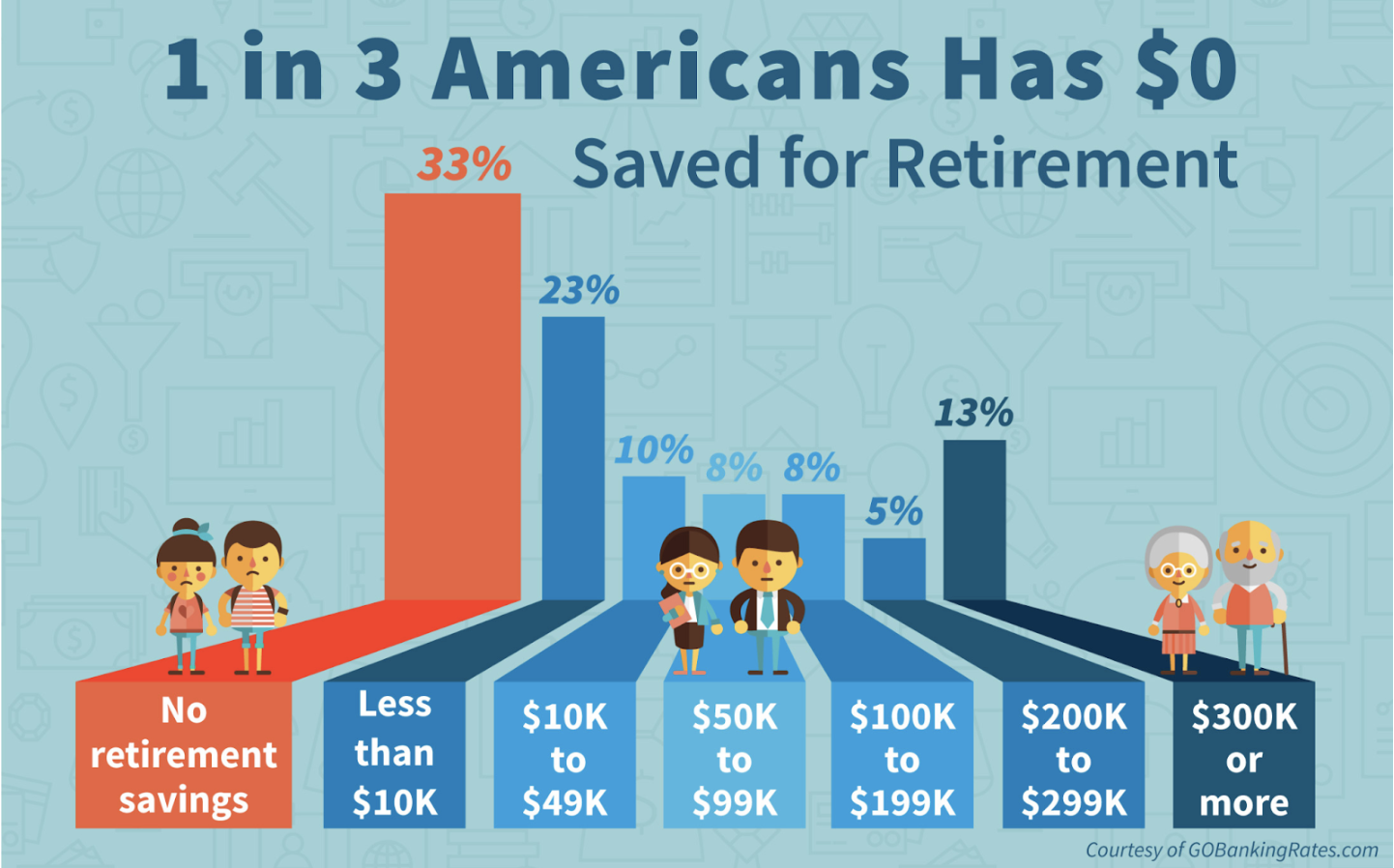
DHOHA BARECHE – JANUARY 24TH, 2023
EDITOR: FELIX ZHANG
Quiet Quitting
In 2021, a record high number of American workers quit their jobs in what economists have called the Great Resignation. It started that spring when employees were asked to return back to work post-pandemic and many of them didn’t. By the end of the year, 47 million workers had resigned from their jobs with the accommodation and food service industries seeing the highest rate of quitters. Concurrently, U.S. employee engagement dropped for the first time in a decade from 36% in 2020 to 34% in 2021, a Gallup survey found. This data suggests growing employee dissatisfaction during the pandemic–either people were quitting their jobs or they stayed as disengaged workers.
This employee behavior continued into 2022. During the summer, the trend of “quiet quitting” gained popularity on Tik Tok, garnering over 300 million views to date. Quiet quitting can be defined as people who do the minimum required and are psychologically detached from their job with the majority of quiet quitters being represented by young people. Today, quiet quitters make up half of the U.S. workforce, according to a study conducted by Gallup on 15,091 full time and part time employees in June 2022.
While the COVID-19 pandemic saw a record high of employee disengagement and resignation, data from the U.S. Bureau of Labor Statistics shows that the average monthly quit rate has been increasing since 2009. Between 2009 and 2019, the average monthly quit rate rose by 0.10 percent. What the labor market is seeing today is a continuation of a long term trend that is becoming a topic of much concern to employers. According to a study by McKinsey, there exists a disconnect between what companies are demanding and the number of workers willing to meet those demands. The pandemic caused a notable shift in people’s priorities and the rising rates in quiet quitting and resignation is sending a signal to employers that something needs to change in the way they operate and treat their employees.
Quiet Quitting: A Global Trend
Quiet Quitting is not a phenomenon that is exclusive to the U.S. but instead a trend that can be observed globally. Around the world, worker engagement has been decreasing, and in the world’s second largest economy, this progression is apparent. The concept of “lying flat,” analogous to quiet quitting in the U.S., rose to prominence in China last year. It can be understood as people taking a break from work and not letting their strenuous jobs take over their lives.
In China, the “quiet quitting” movement has also been dominated by young people who seek to move away from the strenuous work lifestyle. While the “996” work culture (working 9:00 am to 9:00 pm, six days a week) was technically outlawed in 2020, it’s still a measure of what it takes for one to advance professionally in the country. The pandemic has allowed many young Chinese people to reflect on their priorities in life and move toward a more slow-paced, meaningful career where they can spend time with loved ones and engage in hobbies.
The Great Resignation
The Great Resignation refers to the rising rates of people quitting their jobs. According to the U.S. Bureau of Labor Statistics Job Openings and Labor Turnover Survey Program (JOLTSP) the seasonally adjusted quit rate rose from 2.4% in 2001 to 2.8% in April 2021. Later in 2021, that rate rose to 3%–the highest it has ever been.
Just like observed in China, the rise of people quitting their jobs has extended globally. According to a McKinsey study conducted on 13,382 employees in 6 countries (Australia, Canada, India, Singapore, U.K., U.S.) across different industries, 21% had quit their jobs over the past 2 years and 40 % said that they are considering quitting their jobs.
People are either reshuffling by switching industries, reinventing by opting for non-traditional forms of work (part-time work, gig, starting a business) or reassessing by either exiting the workforce to reconsider their future prospects or leaving to take care of family. The top 3 industries that have been hit the hardest are retail, the public sector, and finance and insurance.
Why are people quitting their jobs?
At the onset of the Great Resignation in Spring 2021, the most cited reason among respondents in the McKinsey survey for why they quit their jobs is feeling uncared for by managers and tense relationships with colleagues. Furthermore, they mentioned that poor compensation, lack of career advancement, and unmeaningful work were other reasons why they quit their jobs.
The factors for why people quit their jobs vary by demographic. Younger workers aged 18-24 value having a meaningful job and work life balance whereas older workers aged 25-45 prefer self-employment and flexibility, the McKinsey report suggests.
While it’s unclear whether the concerns employees raised were started by the pandemic or were happening pre-pandemic, the Harvard Business Review suggests that the same people who quit their jobs during the pandemic would’ve quit before it happened had the COVID-19 outbreak not caused economic and social uncertainty. But once those stimulus checks started trickling in and some of the uncertainty brought about by the pandemic began to abate, a record number of people started quitting their jobs.
It’s important to note that not everyone who quit their jobs had a choice in doing so. The lack of flexibility coupled with low compensation burdened workers with children, who were often unable to afford the rising costs of child care, forcing them out of work. According to the Harvard Business Review, this has disproportionately impacted women more than men with 300,000 women having quit their jobs by the end of 2021.
Solutions
There are many changes companies can implement in order to attract and retain employees, some of which have already been tried and tested.
In the food and retail industry, the sector hit with the highest quit rates, McDonald’s responded by increasing hourly wages by 10% and improving its benefit packages. By the end of 2021, it had a higher staffing level than it did at the beginning of the year. Similarly, Walmart has attempted to attract and retain workers by offering to pay for workers’ tuition at certain colleges through its Live Better U Program.
There is an important talent pool, the McKinsey report highlights, of “non-traditional workers” who can’t be attracted using current recruitment strategies used on “traditional workers.” While traditional workers, those who value work life balance but are willing to compromise it for the sake of pay or career advancement, can be retained through competitive salary packages and benefits, non-traditional workers have different priorities which warrant different approaches by companies.
Some of these non-traditional workers include those aged 25-45, who as mentioned previously, value flexibility and having a certain degree of autonomy. Companies can cater to their needs by giving them more work freedom and a sense of purpose. This can be achieved by giving teams more autonomy in how tasks get done, assigning employees meaningful tasks they can complete independently, and granting them adaptability over their work schedules. Airbnb, for example, has done this by allowing employees to work from anywhere.
Similarly, workers who have to quit their jobs to take care of their families can be welcomed back into the workforce with higher compensation, flexibility, and support for employee wellness. Companies like Patagonia and Google offer their workers on-site childcare among other benefits that allow working parents the opportunity to balance between their jobs and personal life rather than having to sacrifice one for the other.
It’s no surprise at this point that workplace culture can make it or break it for an employee, which is why companies need to restructure and improve the relationship between their laborers and their managers. Workers need to feel like they are being appreciated for their work because constant pressure on them to “do better” can lead to burnout and lower engagement. Another thing is to facilitate open and positive communication between workers and leaders to ensure employees feel supported and can get assistance with their workload.
Conclusion
Although jobs and priorities vary by country, culture, and workplace, in analyzing global trends in the workforce one can note that the needs and demands of people around the world are similar. It’s important for workers to have a sense of belonging, appreciation, and fulfillment in the work they do to ensure success and productivity. According to the Harvard Business Review, employees are more productive and engaged when their four basic needs are met: physical, emotional, mental, and spiritual. In addition, there’s a strong correlation between employee engagement and company output. Since higher productivity leads to higher economic growth, one can deduce that a drop in employee engagement over the past 2 years can have a detrimental impact on the total output of our economy.
With the rise of workers demanding more flexibility in their jobs and having good mentorship and relationships with colleagues, it’s vital for employers to tune into those needs and pay special attention to the “non-traditional” pool of workers whose priorities are not being met by current company practices. Without a conscious and focused effort to mitigate its effects, quiet quitting can be regarded as “the silent killer” to both people’s wages and company performance.
Featured Image Source: BetterUp
Disclaimer: The views published in this journal are those of the individual authors or speakers and do not necessarily reflect the position or policy of Berkeley Economic Review staff, the Undergraduate Economics Association, the UC Berkeley Economics Department and faculty, or the University of California, Berkeley in general.



